2025 Subaru Forester Strong Hybrid SUV Review: Well, more of a sneak peek really, but we liked it…
If you put a gun to my head and said I had to buy an SUV, I still wouldn’t, but I’d get away with it by choosing the new Subaru Forester, which is referred to as an SUV but is really more of an off-road station wagon that drives like a car, and now offers a “Strong Hybrid” system that will deliver more than 1000km off a tank of fuel.
Okay, I lied, because I just realised that, despite the fact that the new Forester is actually attractive to look at for the first time ever, rather than resembling a bunch of building blocks tumbled together by a toddler, it still has a CVT, so you’ll just have to shoot me. Or beg Subaru to rip the manual gearbox out of its fabulous WRX and sell it in this otherwise clever new Forester.
EV Central was invited to a private racetrack outside Sydney for a preview drive of this sixth-generation Subaru Forester, which also involved a bit of bush bashing and mud plugging.
The cars we drove were pre-production models, sent from Japan for evaluation, and while we were allowed to drive them, we weren’t allowed to learn how much the new Forester will cost when it’s launched in June, nor any of its essential specs. Consider this the trailer for the new Subaru, then.
2025 Subaru Forester price and equipment
The Subaru folks were tight-lipped about pricing for this all-new Forester, but for reference, the current car starts at $38,690 and tops out at $50,140. While the price might move a little bit, up or less likely down, it’s not going to be a long way from these numbers, and with the new “e-Boxer” hybrid option, you’re getting a lot for your money.
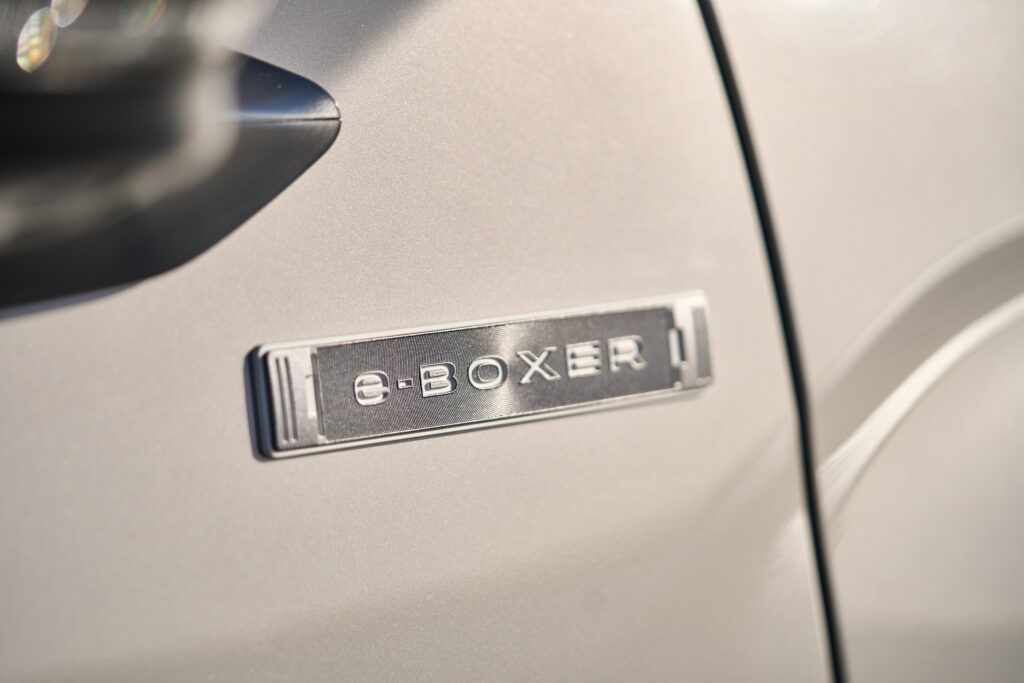
Incredibly, at least to me, Subaru will still offer a non-hybrid, petrol-only variant of the Forester and when I asked who on Earth would want to buy a less clever, less economical more polluting version of the car, I was told that some Subaru customers are quite old and set in their ways and will simply refuse to engage with new technology, and indeed walk straight past it, even if it’s clearly better, and say “I just want a new one that’s exactly like my old one”. Sigh.
The vast majority of customers, however, will surely plump for the new “Strong Hybrid” (someone in Subaru’s marketing has obviously realised how bad the term “mild hybrid” sounds), which combines a 2.5-litre four-cylinder boxer engine with a sizeable 88kW electric motor and a 1.1kWh battery pack.
The combined outputs are still top secret, sadly, although Subaru suggested the motor will be making considerably more torque than before, but we can tell you that the drivetrain is sourced from some very, very popular Toyota hybrid products. The difference with the Subaru is that there’s no mucking around with electric all-wheel-drive systems.
As a core brand value, Subaru is sticking with its fully mechanical all-wheel-drive system, even in the hybrid version, and the brand argues that makes it more capable when using its X-Mode in muddy or snowy conditions.
In the cabin, Subaru offers a new 12.3-inch digital driver’s display in the Forester and an 11.6-inch infotainment centre screen previously seen in the WRX, but new here. That screen will connect to your smart phone and you’ll get all the mod cons like wireless charging, a 360-degree camera, Subaru’s slightly intrusive Eyesight safety systems, heated front seats and nine airbags.

2025 Subaru Forester: What we think
Being a thorough person, I drove the plain petrol version first and found the Strong Hybrid superior in every way. It can run at speeds of up to 30km/h in EV-only mode, but the electric motor also kicks in whenever it can to help reduce your fuel consumption, or to add extra torque and performance when you’re thrashing your Forester around a race track, for example.
There are many, many modes and you can change the levels of regen, and the buzzinees and shoutiness of the CVT, by playing with the shift paddles. In some modes, the engine gets to work recharging the battery as you drive, just like a Ferrari 296 GTB. Clever.
The way the Forester switches between the various modes is impressively seamless and it always feels like you’ve got plenty of power on tap for this kind of vehicle. It was also particularly impressive when we drove off the race track and into deep bushland, where X-Mode pulled us up some steep, muddy climbs with ease.

What I’ve always liked about the Forester is the car-like way it drives, even the seating position is pleasantly low-ish, and the steering – allegedly aligned with the Impreza WRX – is also pleasant to use.
The whole driving experience would received high marks if it weren’t for the use of a CVT gearbox. Subaru claims this one is new and improved in ways that make it more practical and less droning and annoying, and I’m sure at some speeds and in some conditions it probably is better. But it’s still a CVT and the sense of disconnect between what you’re doing with your right foot and the whining noises it’s make still annoys me a lot, personally.
2025 Subaru Forester: Verdict
It’s hard to give a verdict when we don’t know the price Subaru will be asking, but if it really can take you over 1000km a tank, and I’m assured it will, then the economy offering certainly seems promising. It’s also a sharper and more pleasant looking Forester than ever before, the hybrid tech works, it can go off-road with some aplomb and it’s good to drive, but we’ll have to wait for a proper drive before delivering a definitive verdict.
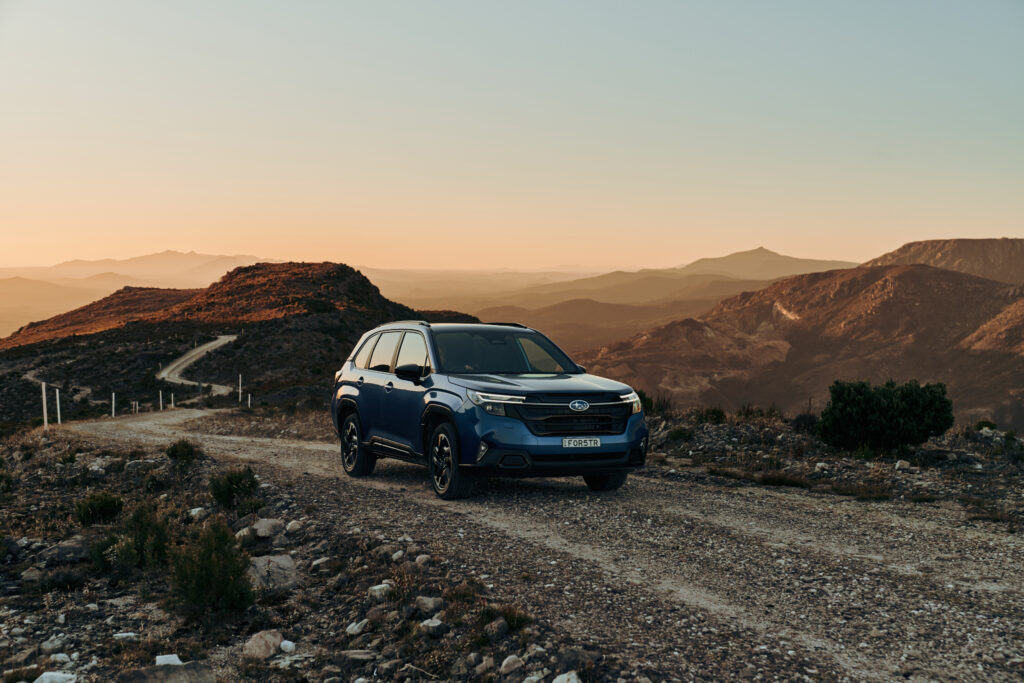
SCORE: 4/5 (pending details)
2025 Subaru Forester Strong Hybrid specifications
Price: TBA
Basics: Petrol-electric hybrid, 5 seats, 5 doors, medium SUV, AWD
Range: 1000km plus (claimed)
Battery capacity: 1.1kW lithium-ion
Battery warranty: 8 years/160,000km
Powertrain: 2.5-litre four-cylinder boxer petrol-electric
Output: TBA (electric motor: 88kW)
Combined output: TBA
Transmission: CVT
Fuel: TBA
CO2: TBA

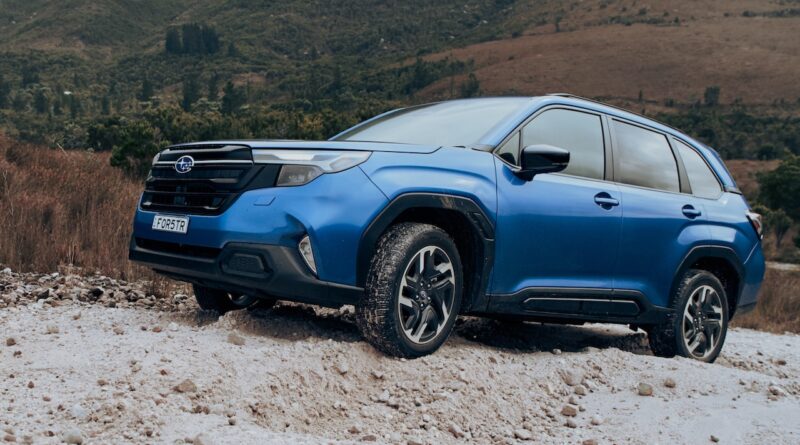
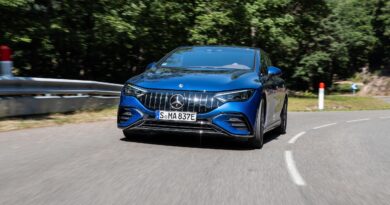
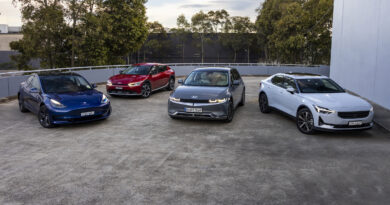
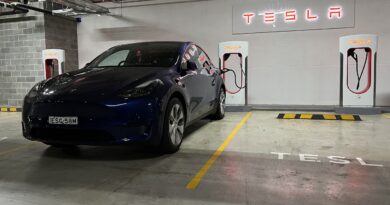
Some V2L would be nice, given this car is a favourite with people who go camping beyond the usual caravan parks.